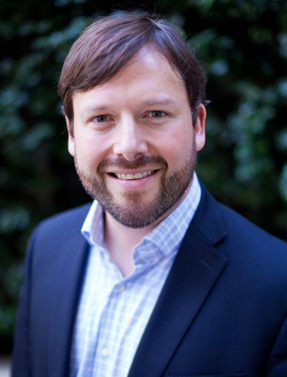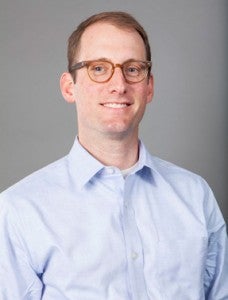By: Rory Christian, Director of New York Smart Power, and Mary Barber, Director of Smart Power Initiatives
It was only a year ago that the most devastating storm the Northeast has ever seen slammed into the region. Hurricane Sandy pummeled the states of New York and New Jersey, destroying homes and businesses and knocking out electricity for millions of families for days, weeks and – in some cases – months.
The unprecedented situation shined a much-needed spotlight on the vulnerability of our century-old energy infrastructure, placing the issue front and center for the region’s state and local leaders, electric utility companies and regulators, particularly as climate change increases the frequency of extreme weather events. Utilities in the region have since begun to fortify flood-prone substations among other reinforcements to the power grid, but improvements that are ‘status quo’ are only part of the solution to future challenges.
Ensuring the adoption of technologies and policies that move the U.S. power grid into the 21st century, making it more resilient, flexible and smarter, can simultaneously accomplish today’s goals while preparing for future challenges – some of which may not yet be apparent. EDF is working closely with stakeholders to find innovative and pragmatic solutions to help modernize our aging energy infrastructure, an improvement that is crucial to resiliency, safety and storm recovery. Read More











 With the stroke of a pen, North American efforts to combat climate change and promote clean energy reached a new level today.
With the stroke of a pen, North American efforts to combat climate change and promote clean energy reached a new level today.


